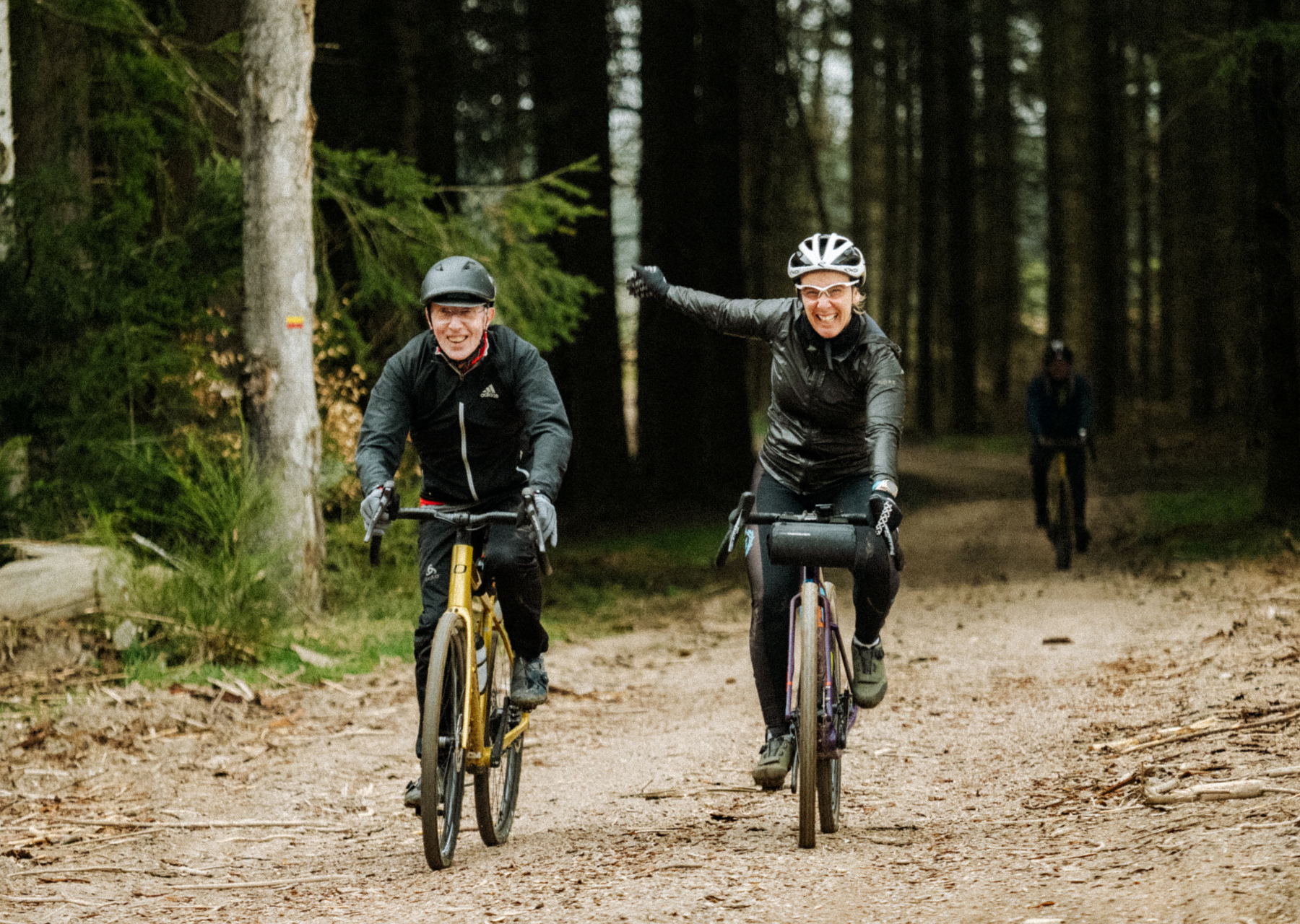How to enjoy your gravel rides in total comfort?
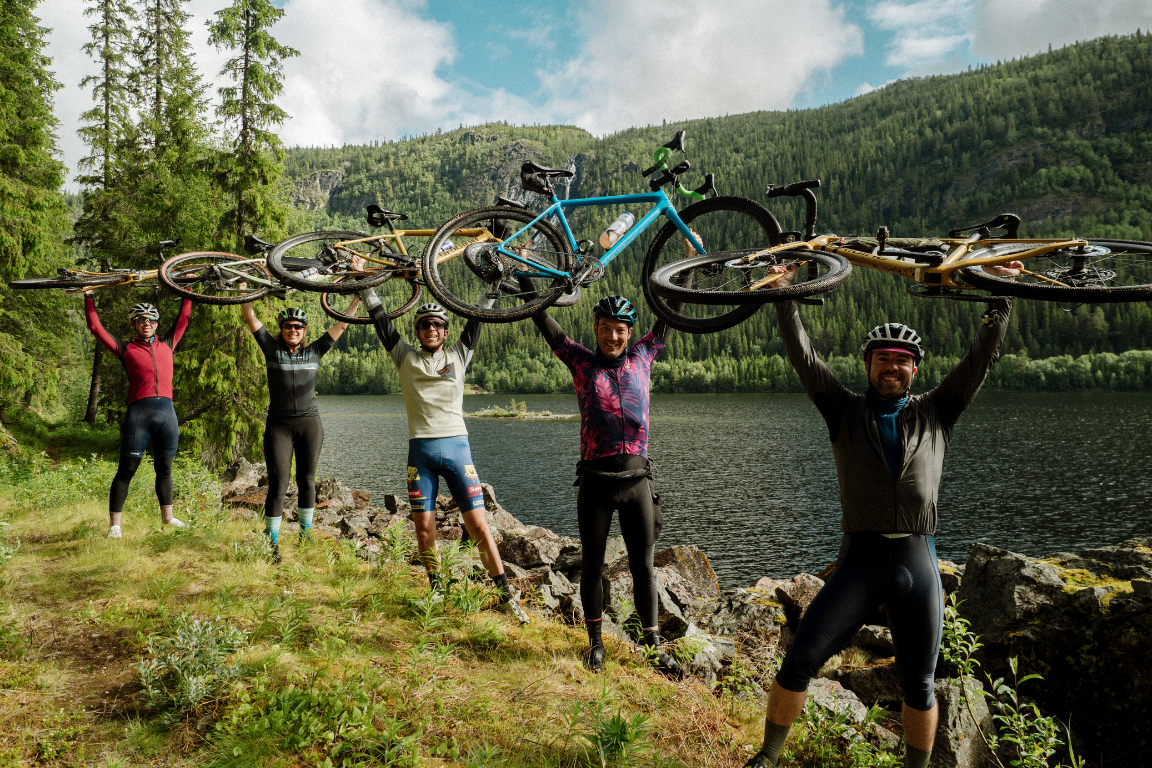
Gravel biking is perfect for exploring paved roads as well as gravel paths or more rugged trails. However, riding on these surfaces can cause pain in the back, wrists, and knees, especially if your posture or equipment isn’t properly adjusted. In this guide, we explain how to prevent discomfort while gravel biking and how to fully enjoy your gravel rides or gravel bike tours.
1. Choose the right bike for you
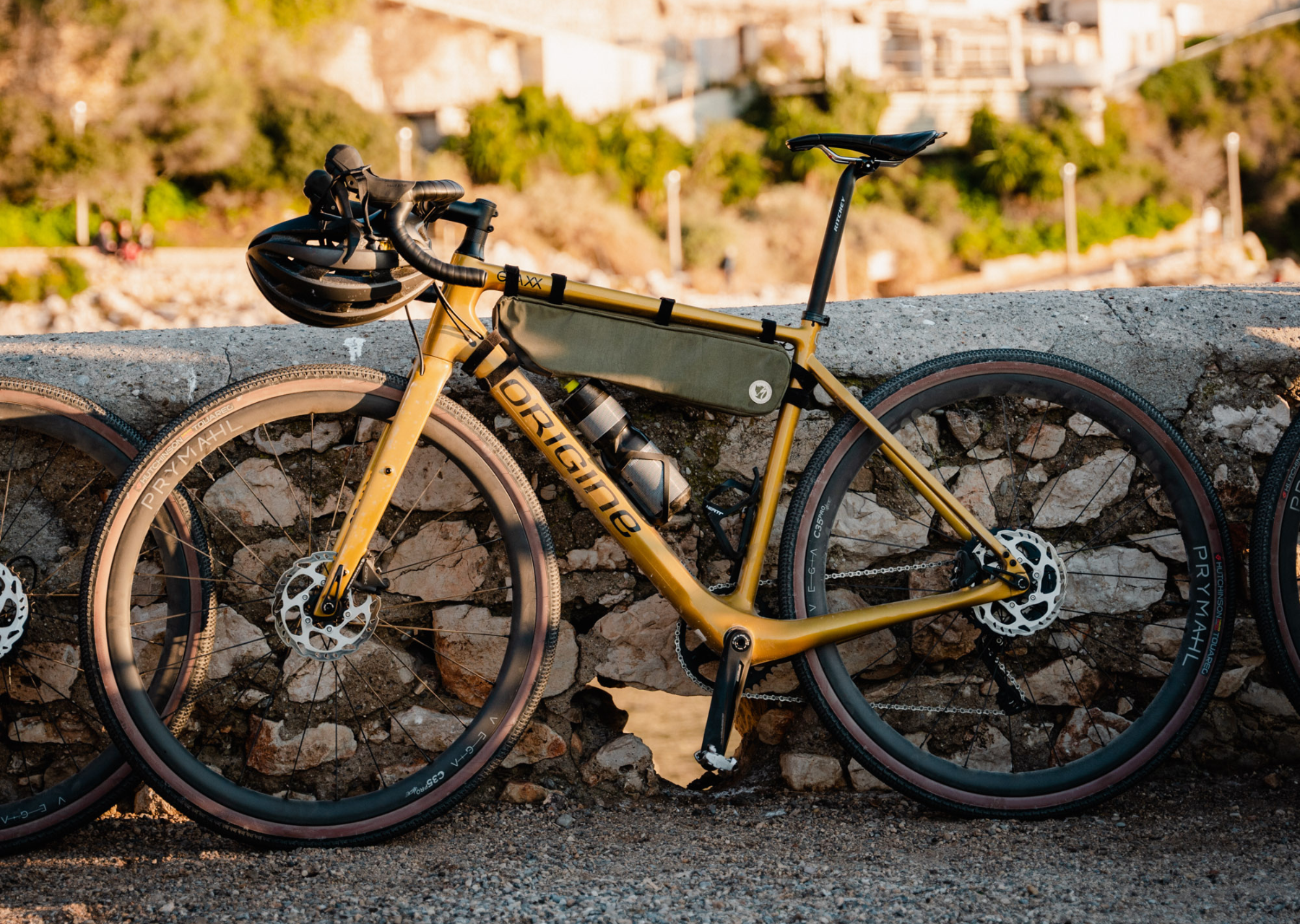
Feeling comfy on your gravel bike starts with finding the right bike for you, as the wrong size, geometry or fit can cause pinch points and pain in your back, wrists or neck. Gravel bikes come in all shapes and sizes - some are designed specifically for comfort and long distances, others with pure racing in mind, and some for a bit of both. Generally a frame designed for comfort with allow a more upright position and be more forgiving, helping to reduce tension in your body.
Deciding which will be right for you is really important, and it’s worth testing a few different makes and models before choosing your steed. Take the time to decide the right size too, as sizing between different manufacturers can differ a lot. To find out more about the different types of gravel bike available check out our dedicated article here.
2. Get your saddle height just right
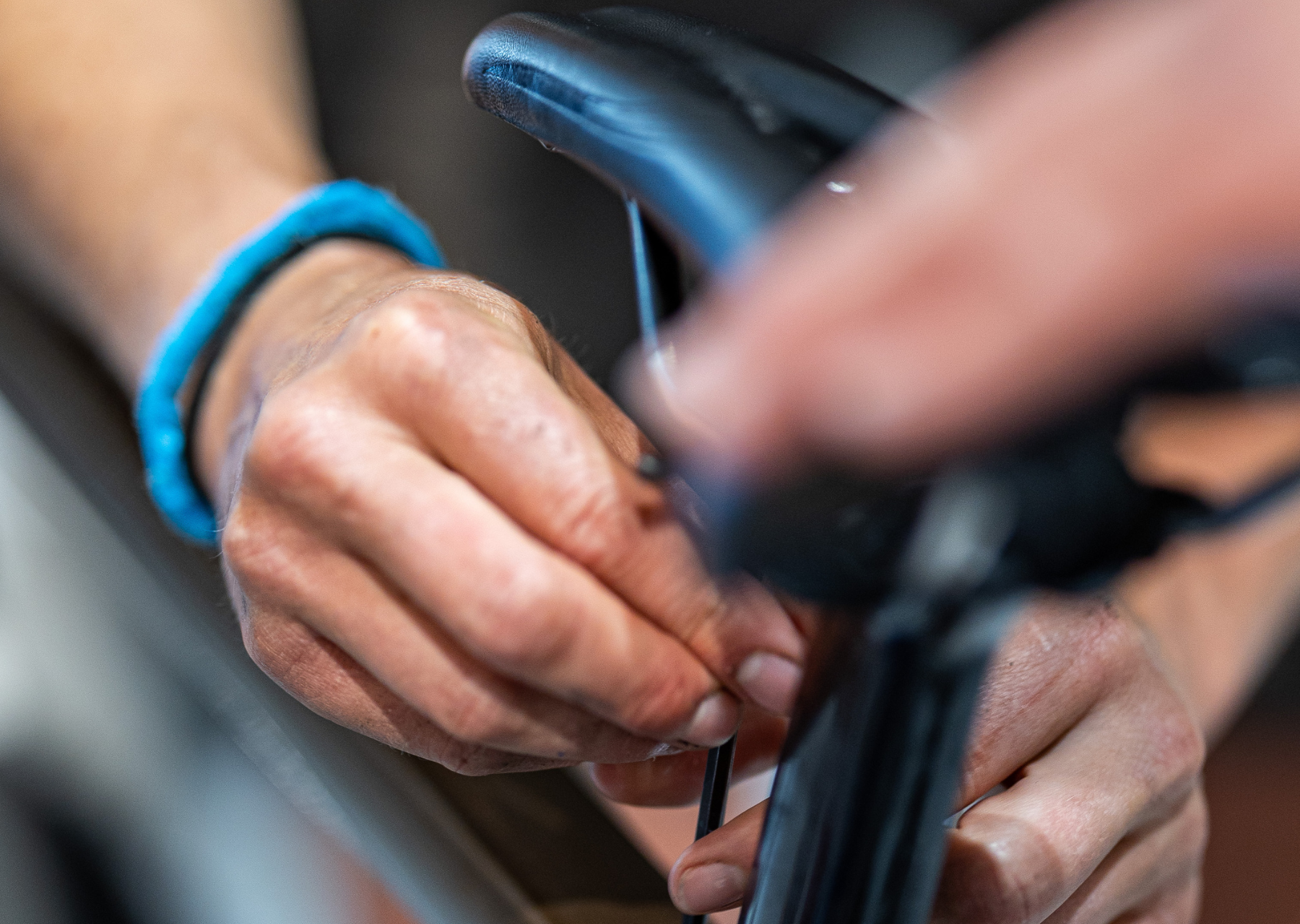
A badly set saddle height can be the root cause of various pains and niggles, especially in the knees and lower back. Both too low or high can put all sorts of strain on your joints and muscles, which will be pedalling many thousands of revolutions over the course of every ride.
To adjust the height of your saddle, you’ll need a friend to hold you steady on your bike. Jump on and put one foot to the bottom of the pedal stroke. Your knee should have a slight flex with your foot horizontal. Be prepared to tweak this by a mm or two once you’ve tried it on a few rides - getting it just right will be the most efficient for your muscles and won’t add strain to your joints. If you’re experiencing discomfort or numbness from your saddle, then our handy“How to look after your rear-end” article will help answer all your questions!
3. Tweak the position of your hands and feet
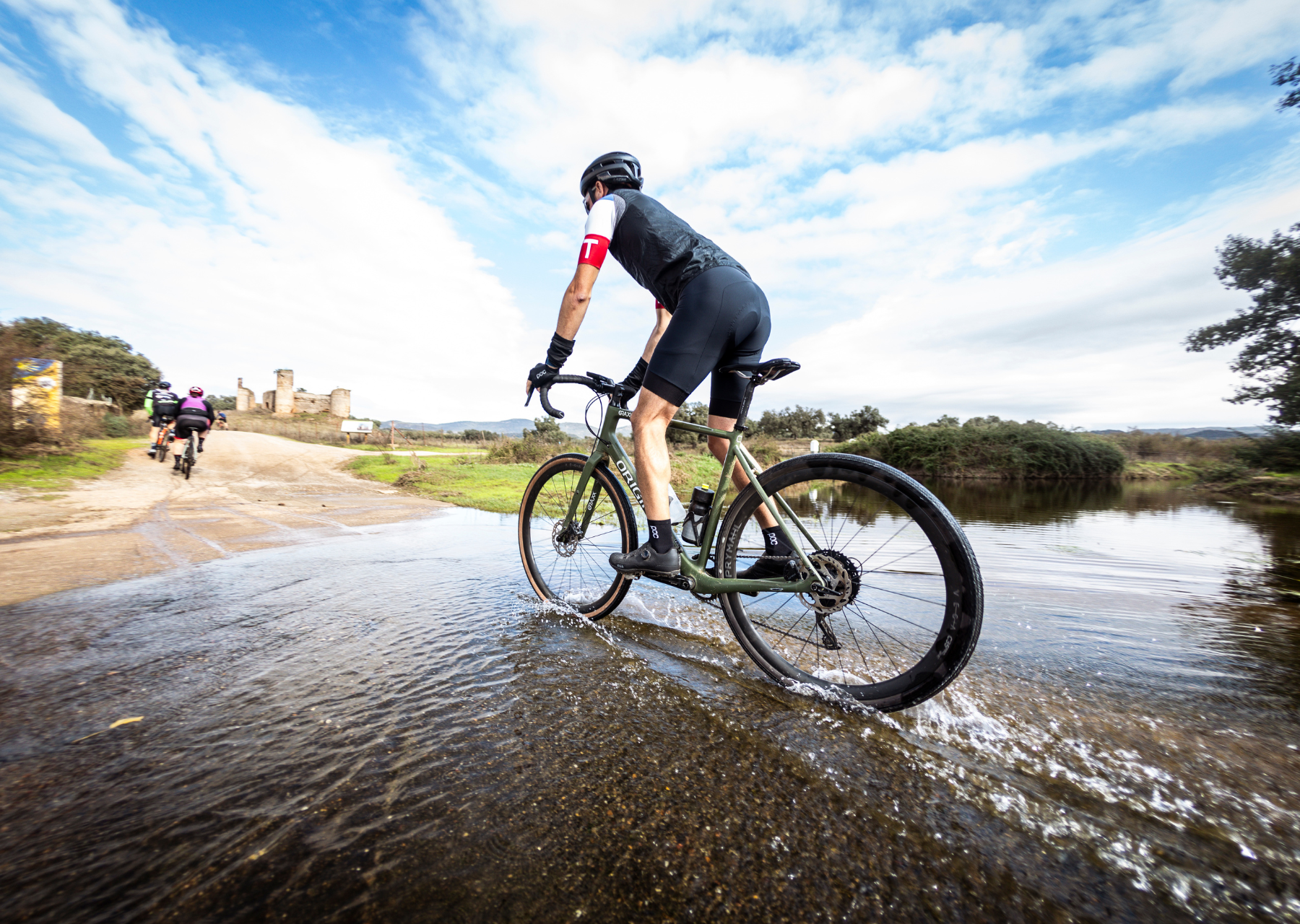
Next up is to set up your handlebars just right for you, as if you are too stretched out or crunched up you’ll soon have sore wrists, hands or lower back.
You can adjust the height of your handlebars through the risers at the top of the fork and the connector for a natural position - you should’t feel stretched out and should be able to take your hands off the bars without collapsing forwards. You can adjust the angle of the hoods on your handlebars so that your wrists are aligned as naturally as possible, which makes a big difference when riding off road.
Lastly when setting up your cleats on your bike shoes make sure they are centralised to start with, both fore/aft, laterally and angled straight. If you get any sudden niggles this is the first thing to check that a cleat hasn’t worked it’s way loose over time.

4. Choose the right tyres
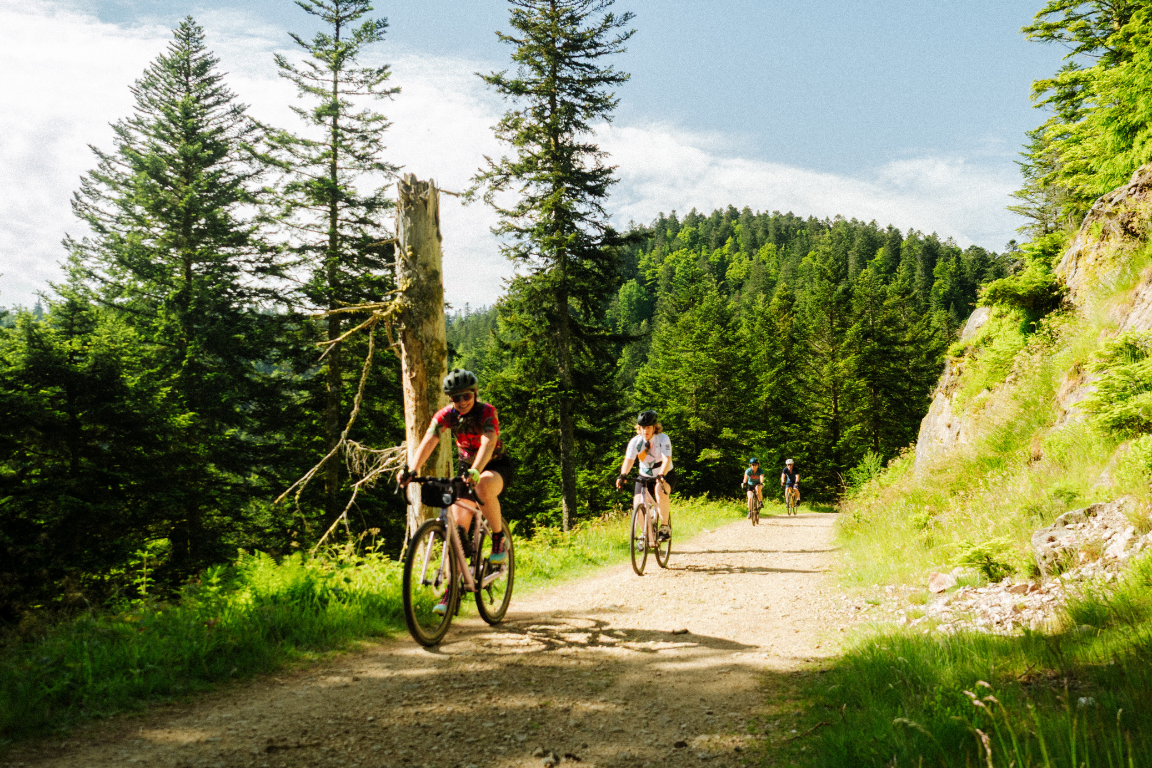
Tyre choice can really affect the feel of your bike and the quality of your ride, so its definitely worth getting right. Too narrow or over-inflated means you’re in for a bumpy ride, and can cause more fatigue as well as arm and back pain.
Wider tyres made from a softer rubber compound make an enormous difference in terms of comfort and grip on the trails, giving you more confidence in your bike. The knobblier your tyres the better they’ll perform over rough and muddy ground, but the slower they’ll feel on road. For more in depth info we covered all things tyres in another article which you can read here.
5. Keep fuelled and hydrated
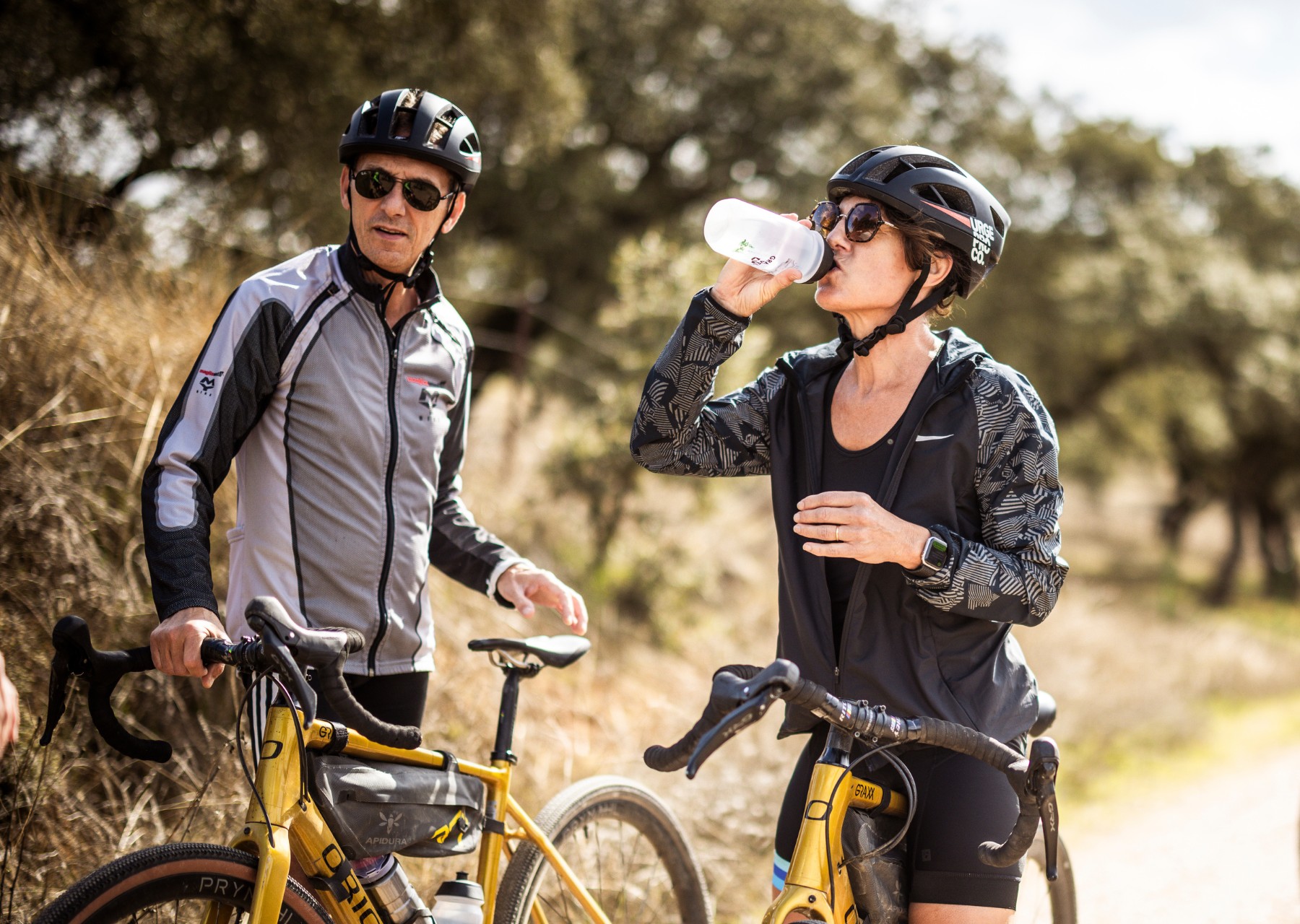
Muscle pain and the dreaded cramps can often be brought on by dehydration and/or running out of energy. This can be easily avoided by drinking regularly throughout your ride, alternating water and an energy drink mix, as well as snacking on a variety of foods. Even if you don’t feel thirsty keep sipping away.
Energy bars and gels are handy, but you can’t beat some proper food too. Luckily every destination we go to has some delicious local delicacies for you to try throughout each trip, as well as our well stocked van with dried fruits, nuts and bars etc. Keeping fuelled is a great excuse to try everything!
6. Take a break
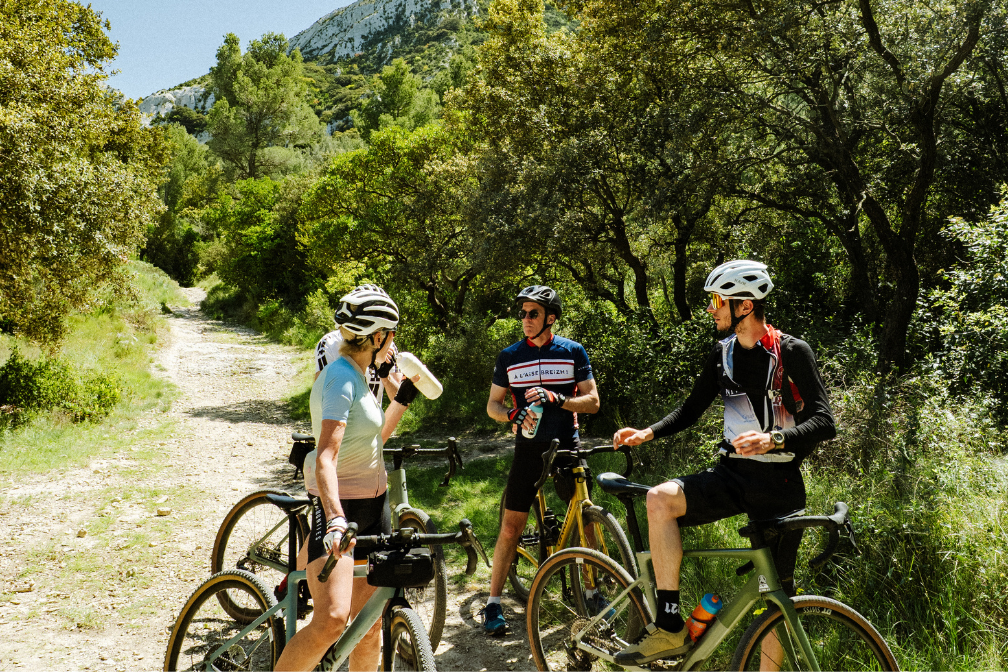
Riding for hours and hours without a break can lead to muscle tension and sore hands, especially over rough terrain. So taking regular little breaks gives your body a chance to recover a little, for you to soak up the scenery and admire the view!
Try to have a break every couple hours to stretch out your legs and relax your arms, hands and shoulders. Take the time to tweak your position on your bike if needed before any niggles can build up.
7. Don’t forget to stretch!
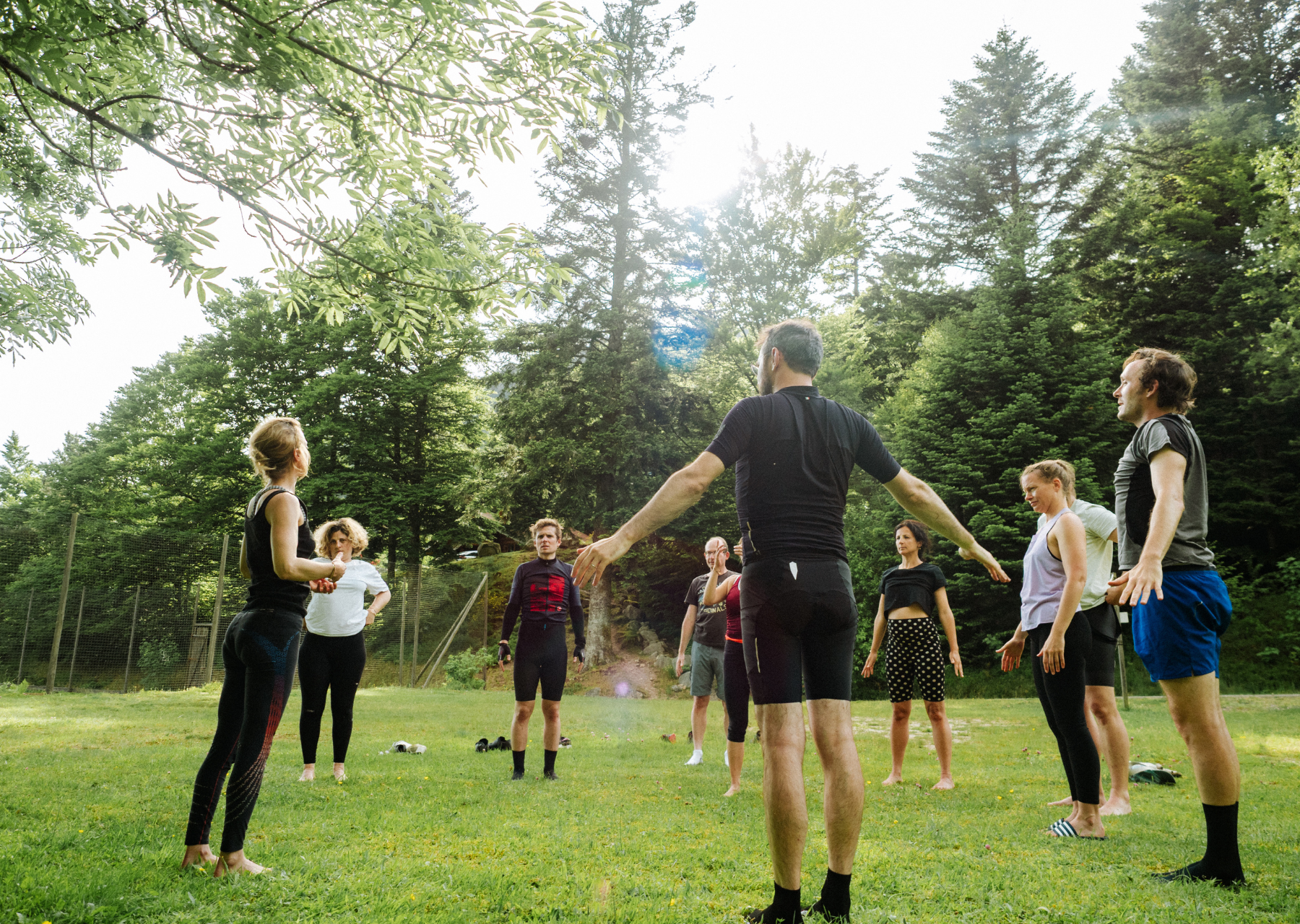
It’s easy to overlook having a stretch both before and after your ride, but miss this out at your peril! When riding back to back days your body will thank you for those moments of calm after the days action.
Before your ride do some more dynamic movements with light stretching to help warm your muscles. Post ride some slower more static stretching will help your muscles relax and recover after the days efforts. You can always do this with a beer in hand but don’t forget to rehydrate too!
8. Improve your bike skills
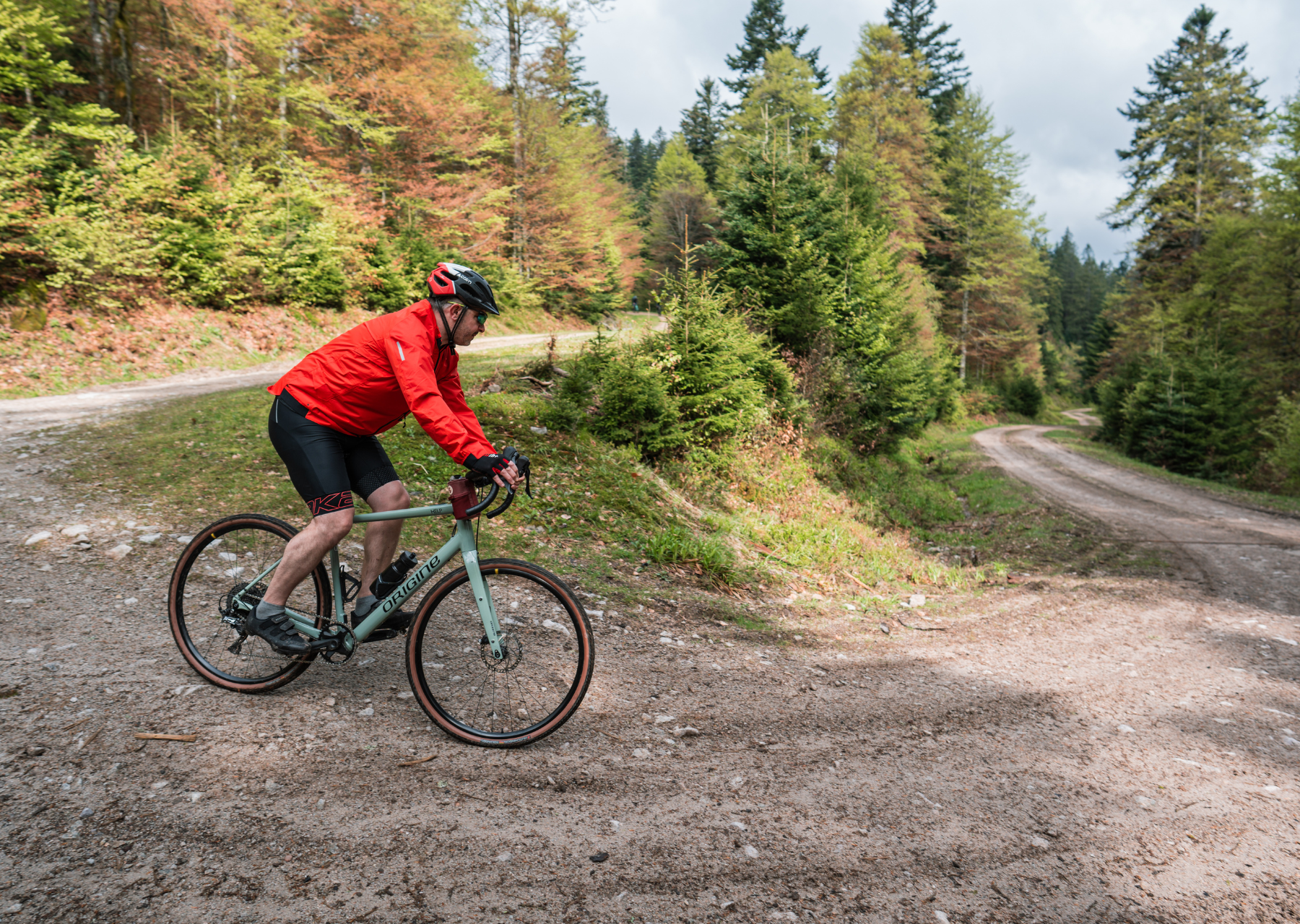
Any tension in your body when riding off road will only increase your muscle fatigue, potentially leading to pains and niggles. Good bike handling skills and the right basic position on your bike both make an enormous difference to this.
When riding off road think about using your core to support your body, allowing you to relax your neck, shoulders and arms so that they can absorb some of the vibrations. Having a light grip on the handlebars will really help this - if you are holding on for dear life you’ll definitely have tension everywhere! Try to find a natural cadence too (the speed at which you pedal) that you can comfortably maintain.
9. Ride with a guide on a trip with us!
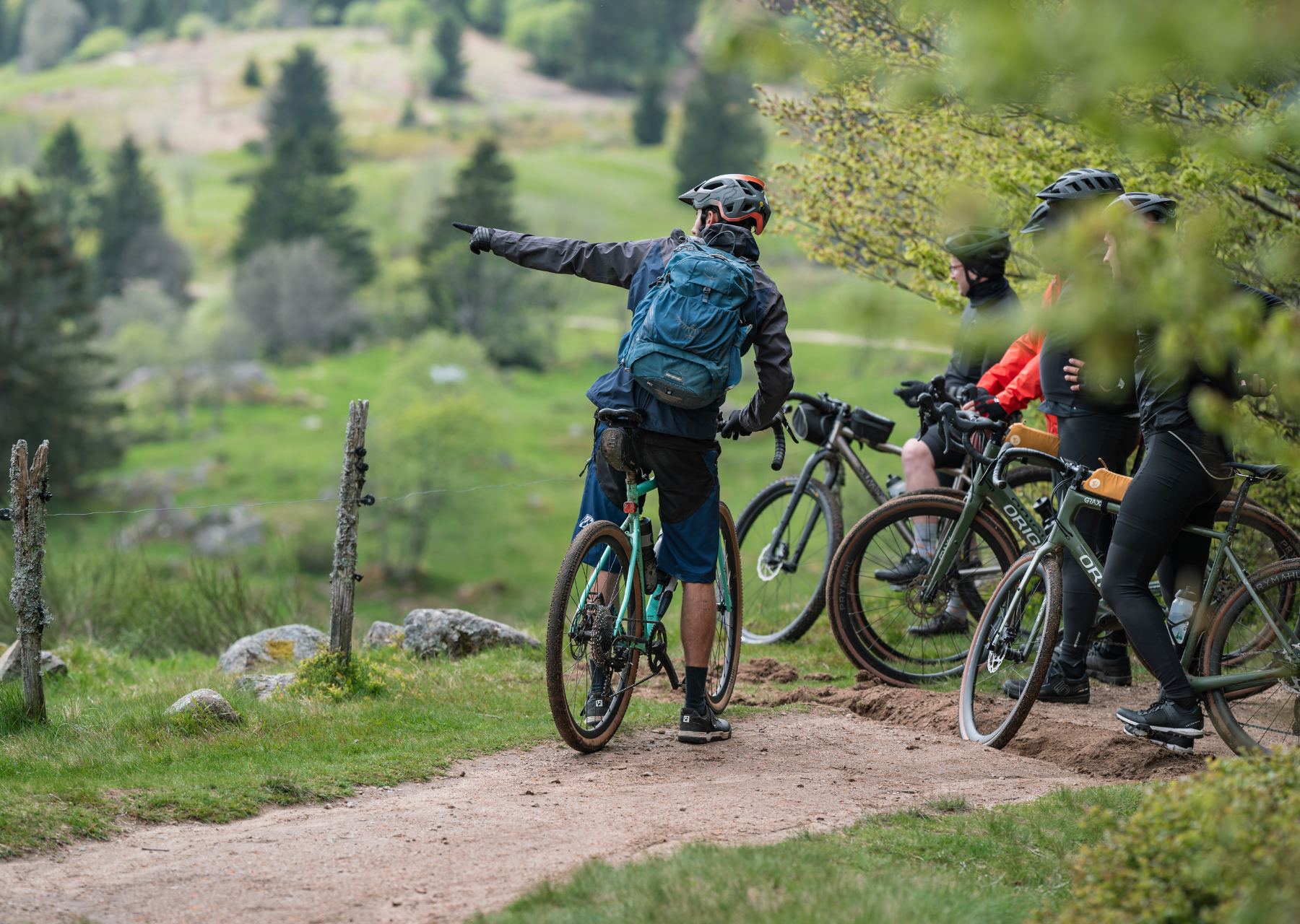
And last but not least, learning from others is a great way to not only improve your riding but also have a lot of fun. Our experienced guides love sharing technique and tips to help you improve your riding, if you’d like them to. They all have a wealth of knowledge and experience, not just in bike handling but also your position on your bike and even bike maintenance! You can also use ourhandy bike maintenance guide to help you prep your bike for it’s next adventure.
Whether you already ride a little, or are totally new to cycling, our trips are the perfect opportunity to try out gravel riding with as much help from our expert team as you need. You’ll experience the sense of freedom and pure pleasure that gravel encapsulates - as a warning it’s addictive!
Ready for adventure? Then the next step is to find out more about all our guided gravel trips on our website here.

